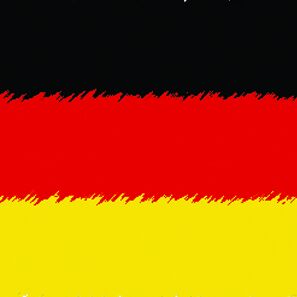
Germany: “Europe’s Driving Force”
Back in January, statistics showed that Germany was regaining strength economically. One think tank said it was regaining its traditional role as the core European power—and that 2006 was Germany’s year. More recent statistics confirm these forecasts.
“Germany has finally turned the corner and appears to be on the way to regaining its role as the motor of the European economy, analysts say. … Business confidence hit a 15-year high and unemployment dipped below the 5-million mark. … The most spectacular indication of a sustained upswing came from the ifo business climate index, which surged to 105.4 points in March—the highest since April 1991, the year after German unification, and up from 103.4 points in February” (EUbusiness.com, April 1).
Since January, economists have reported a remarkable upswing in the German economy. Now, the gap between business confidence and consumer confidence is closing, analysts report. “Germany’s upswing has started to reach the long-depressed consumer,” said an expert in Frankfurt. “German consumers have apparently started to open their purses at least a little bit more than before.”
Europe is already beginning to look to the success in Germany. The European Central Bank considers Germany’s growth strong enough that in December 2005 it raised interest rates for the first time in five years.
More recently, the European Commission announced March 31 that “eurozone confidence was at its highest point since mid-2001 after reaching 104.8 points in March” (ibid.).
The future of European unification is inextricably bound up with the fortunes of its largest, most powerful member. The real political, military and economic engine of Europe will be Germany. That is where we must keep our eyes fixed.
History tells us that when Germany is strong, it has always been able to thrust its will on the rest of the Continent—especially when it works in tandem with the Vatican.
Notice this statement from Stratfor: “When Germany is weak … other powers are able to rise and assert their interests. But when Germany is strong, it dominates the heart of the Continent and relegates its neighbors to powerlessness—until such time as they ally to crush it” (January 16).
This pattern has occurred at three major points in history—the three German “Reichs.” “Charlemagne’s Holy Roman Empire (the first iteration of what is now ‘Germany’) dominated Europe until it fell in Europe’s religious wars. Its death is what allowed Britain, France and Russia to rise as major powers. Imperial Germany played a similar dominating role from its rise in 1870 until its fall in World War i, when Weimar Germany’s weakness allowed a French and Russian renaissance. And of course Nazi Germany’s rise again put all eyes on Berlin, and its destruction led to the superpower standoff—and, eventually, to the rise of a ‘united’ Europe” (ibid.).
Stratfor predicts “2006 will mark a new turning point as Germany begins to ascend for a fourth time.”
The Fourth Reich is rising before our eyes.
This development will prove to be instrumental in bringing Europe together. The trouble is, a Europe united under Germany will mean a superfederalist state that serves Germany‘s interests.
For more on Germany’s role in uniting Europe, read our free booklet Germany and the Holy Roman Empire.
